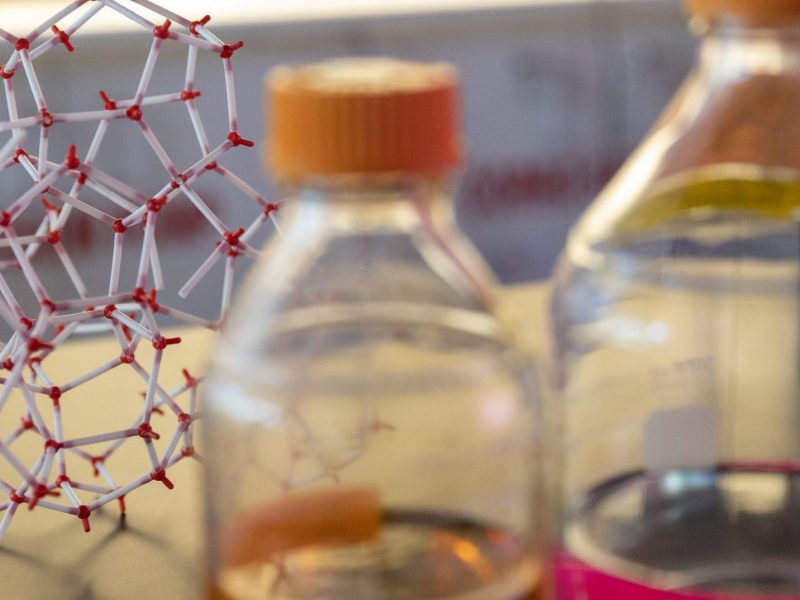Description
Attenuated pathogens have a long history of use for vaccination against disease. The mechanisms of attenuation are diverse but frequently involve the mutation of key virulence genes. This technology provides a universal approach to attenuate bacterial pathogens by moving the DNA replication termination site (Ter) from the replication origin (Ori), which are bidirectionally equidistant. In turn, the bacteria’s replication process becomes asymmetrical, the replication fork moves a greater distance, and the cellular growth rate decreases. As a result, the bacteria’s virulence decreases. There are two methods to create asymmetry: the Cre-Lox system and CRISPER-Cas9 genetic engineering system.
Additional information
Patent number and inventor
16/246,330
Paul Keim and Richard T. Okinaka.
Potential applications
Clinical applications to create vaccines.
Benefits and advantages
The amplicon sequencing assay is highly adaptable to new content and flexible enough to detect new biothreat agents and signatures. In addition, it can be used to screen environmental samples for the presence of target agent DNA, as well as for soldier and civilian patients in the event of suspected exposure. Due to its high sensitivity and specificity, the assay can detect the difference between target and neighboring strains. Finally, the amplicon sequencing assay is a cost-effective alternative to individual PCR methods.
Case number and licensing status
2017-034
This invention is available for licensing.

